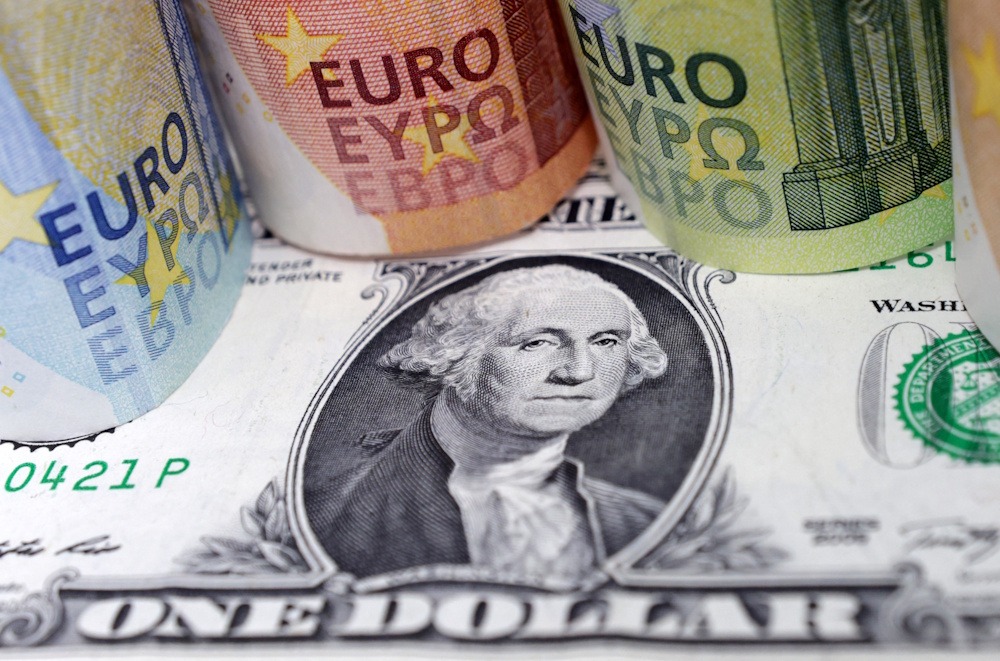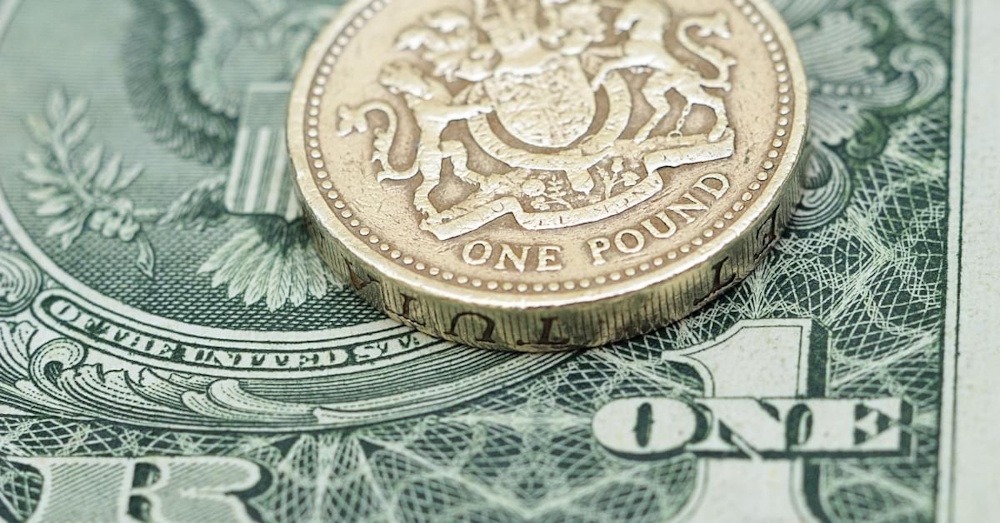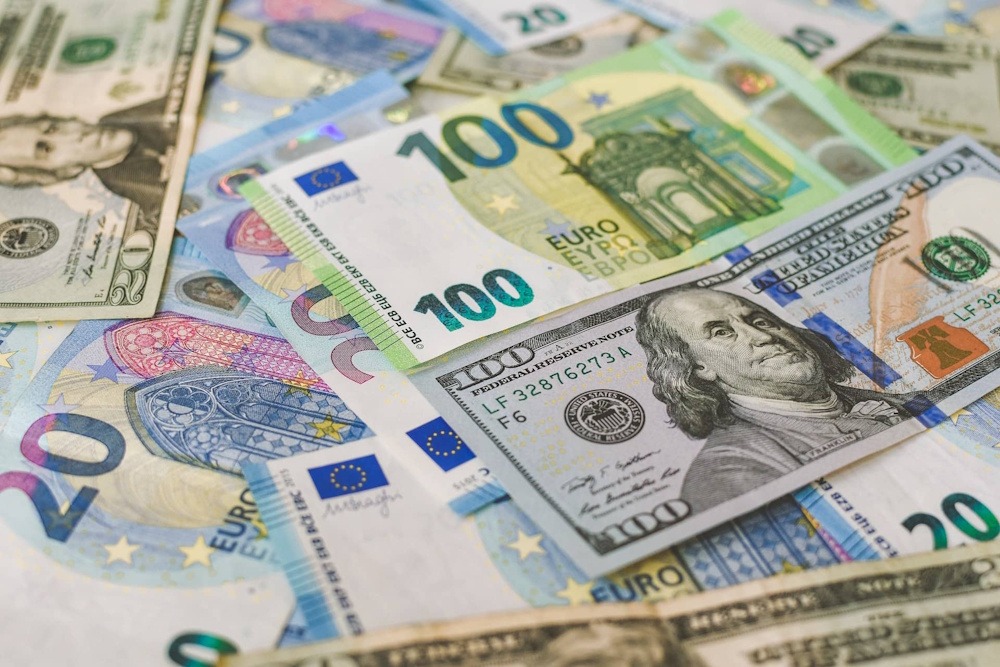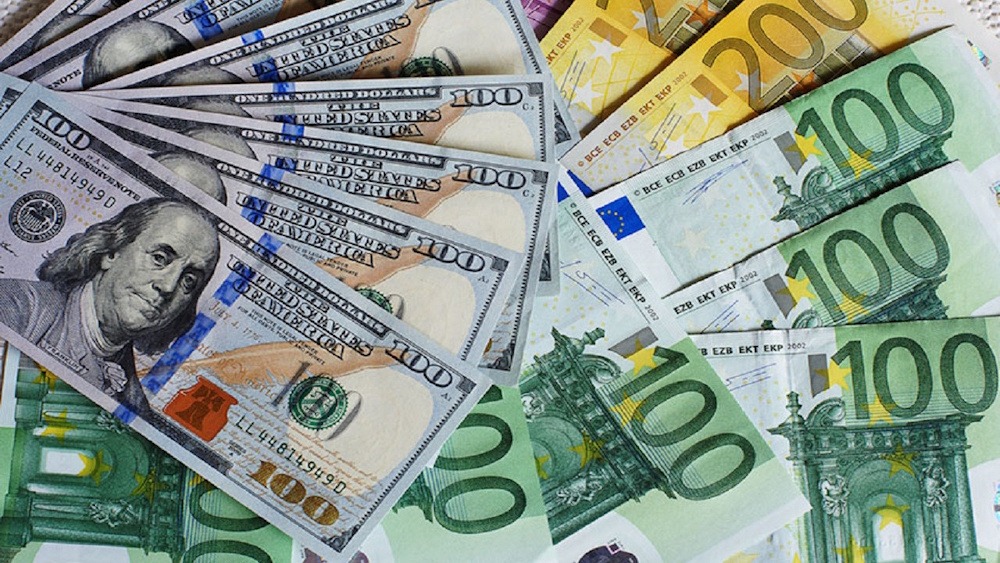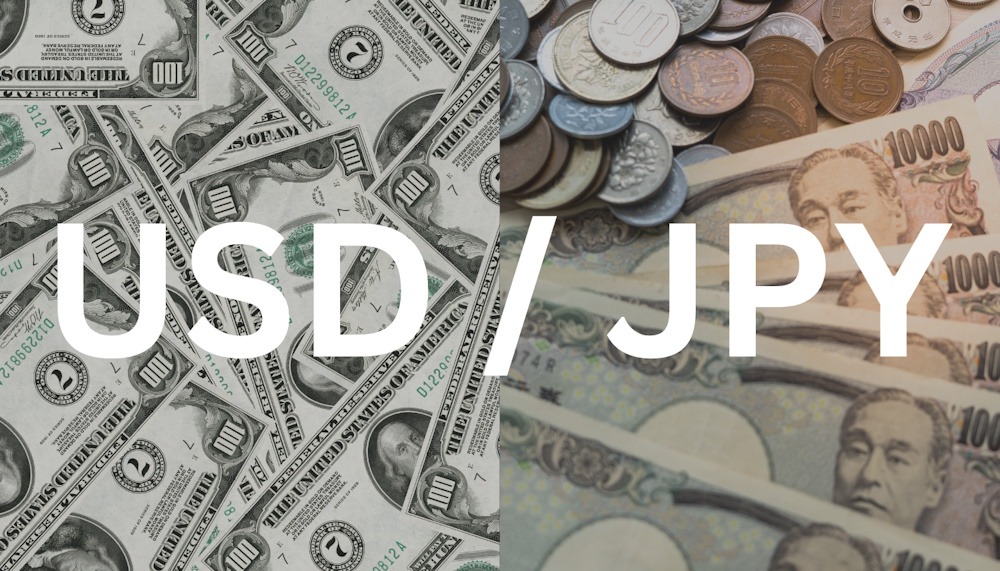EUR/USD Steady Near 1.16 Ahead of ECB Decision
The EUR/USD was positioned near the 1.16 level prior to the ECB rate decision, experiencing a slight rebound after the Fed’s somewhat hawkish press conference yesterday, during which Powell emphasized that another cut is not assured. However, risk appetite continues to be largely supported, despite a slight pullback in European markets this morning ahead of … Read more

